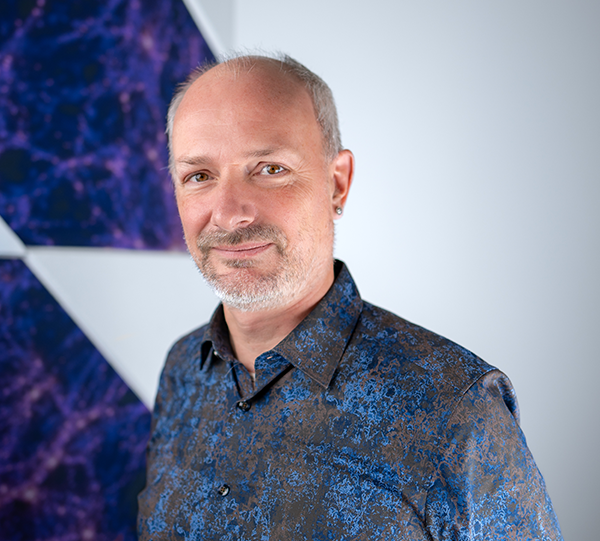Low-temperature celestial bodies and distant objects visible in infrared radiation are the field of low-energy astrophysics. These include clouds in which stars and planets are formed, for example, or the first galaxies in the early universe. While gas and dust block our vision in visible light, infrared radiation shines right through them. This allows us to use infrared telescopes to study the composition and physical processes within such objects. From this, we deduce how stars and planets form and how galaxies evolve from the youngest versions we see far away to the mature ones around us.
Unfortunately, the water vapour in Earth’s atmosphere blocks infrared radiation from space. Ground-based telescopes, such as ALMA and ASTE, are therefore located at high altitudes in dry deserts. Another option is to search the stratosphere on a balloon, like STO-2, GUSTO and, in the future, POEMM. The ideal conditions are found in space, where only the telescope itself can provide some noise. The Herschel Space Telescope contained cooled instruments, with which it observed the cool universe unhindered. NASA’s candidate mission PRIMA, like the aforementioned SRON-contributed missions, even houses a cooled mirror for an even better view around the universe.
Interstellair Medium
The gas and dust between stars is called the interstellar medium (ISM). In certain places, the ISM clumps together to form large molecular clouds that then collapse to form star clusters, containing stars and planets. Relatively soon after, the heaviest stars, which have the shortest lives, blow the cloud apart via extreme winds or supernova explosions.This is how the ISM continuously evolves.
On board the Herschel Space Telescope, the HIFI instrument, which SRON led, provided a lot of information about different molecules and their velocities within the ISM via spectroscopy. It did this by recording spectra and reading those ‘barcodes’ to see which substances are present. The extent to which the barcode shifted to longer or shorter wavelengths then indicates their speed. Think of an ambulance where you can tell by the pitch whether it is moving towards you or away from you.
Star and Planet Formation
Planets form in the gas and dust orbiting young stars. The molecule deuterium has a characteristic fingerprint in the infrared spectrum, playing an important role in studying planet formation. Until the planets around a star have cleared their orbits and collected all the dust, we can use infrared telescopes to observe the dust disk through deuterium.
Distant Galaxies
Our view across the universe extends to just under 14 billion light years in all directions. Yet the most distant galaxies manage to reach us with light from their active cores, in which supermassive black holes gobble up gas from their surroundings, emitting high-energy radiation. During its journey to our telescopes, this is stretched by the expansion of the universe, turning into low-energy radiation in the form of infrared light.
Active Role in Science
Not only do we at SRON make the detector technology that makes this science possible, but we are also part of the teams that develop the data and software tools. With these, we convert the zeros and ones from the readings of space instruments into accessible databases for astronomers, including those at SRON. Our astronomers then compare their simulated models of the universe with this data, enabling them to conclude which models are consistent with reality. We are also involved in the design of space missions so that they provide data for the most relevant scientific questions.




